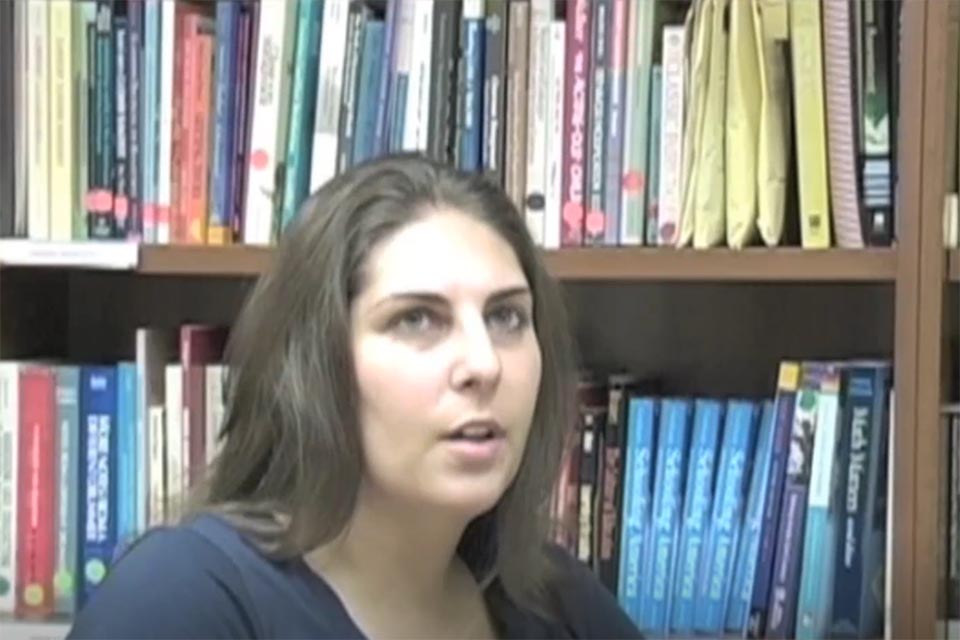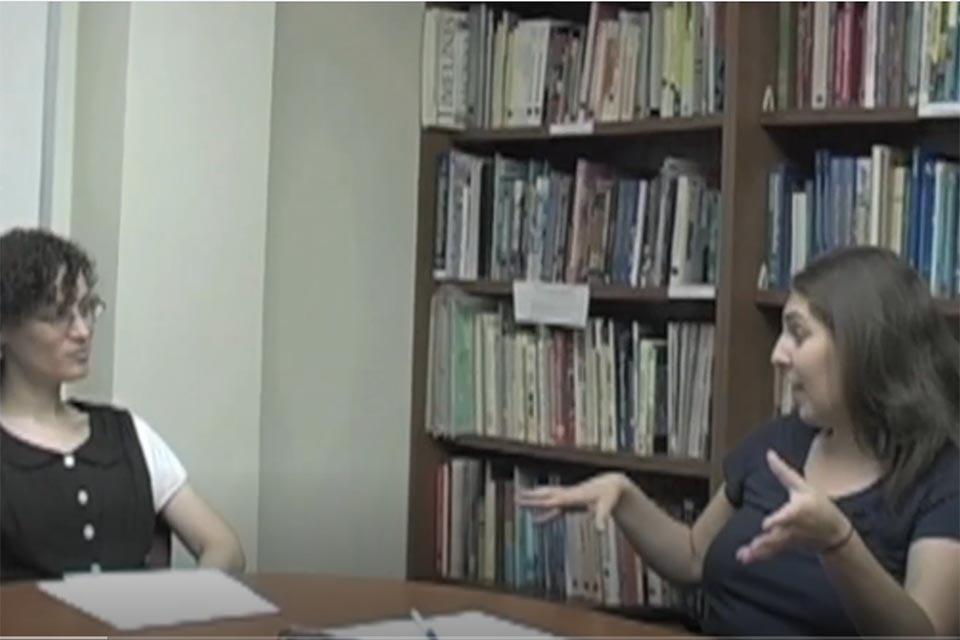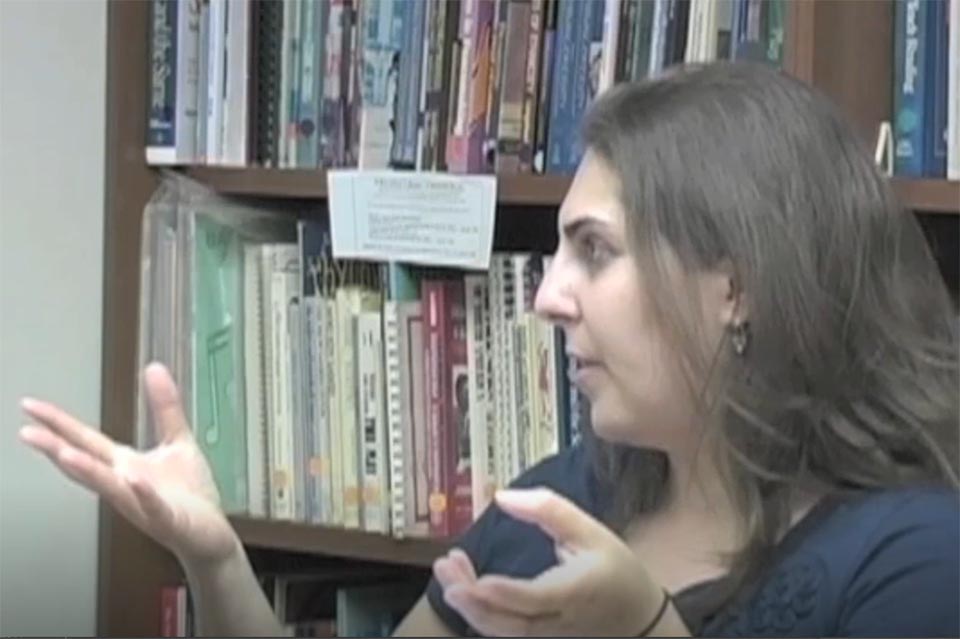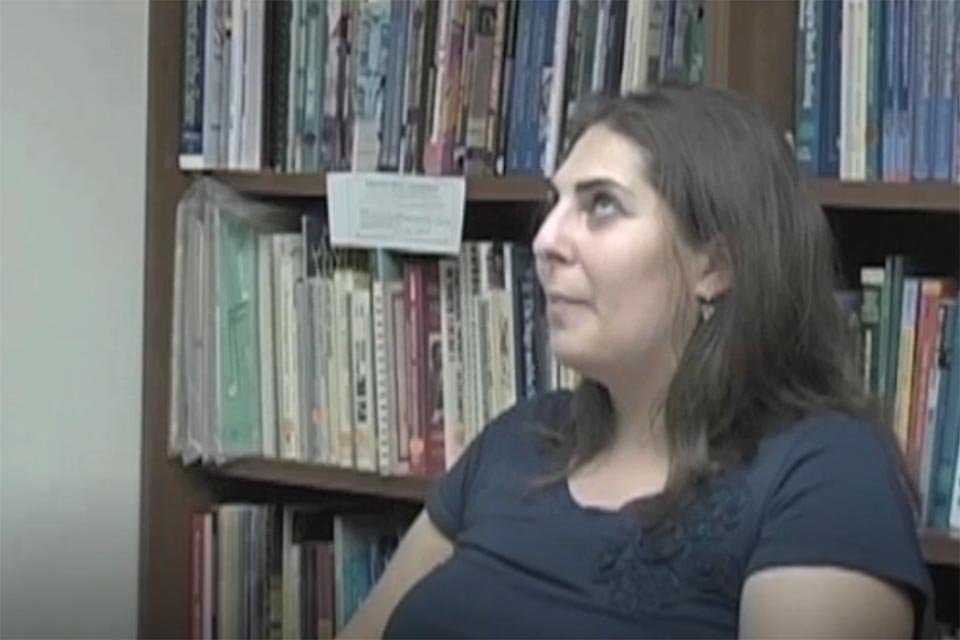How does Jocelyn Segal use havruta and Jewish text to enhance students’ capacities to learn together and build classroom community?
About the Webcase
This webcase presents Jocelyn Segal’s teaching of Jewish values in her general studies third-grade day school classroom through guided Jewish text study in havruta (text study in student pairs). It grows out of the work of the Beit Midrash Research Project, directed by Orit Kent.
In 2007, Orit and Jocelyn came together to figure out how to build a beit midrash for third graders that would teach students how to study Jewish texts together in havruta pairs, so that the texts and the learning experience could further inform their thinking about classroom community. Read more about the webcase background.
Through a collection of video and written classroom artifacts, this webcase shows how Jocelyn creates a beit midrash (an environment for studying texts in havruta) in her classroom and begins to teach her students havruta practices and skills — skills that help students have productive conversations over texts and work together more effectively in the classroom. The webcase presents excerpts from one full lesson at the end of the year, demonstrating how working on havruta skills and studying Jewish texts about community inform students’ ideas about and actions in their own classroom community. It also features excerpts from an interview with Jocelyn.
This webcase highlights the idea that integrating Jewish values into a classroom is not a one-dimensional endeavor, but something that a teacher cultivates through her lessons, her classroom environment, the skills and content she teaches her students, the activities in which she engages students, and how she conducts discussions about challenging classroom issues.
It provides images of and ideas about how a teacher can teach elementary school students to successfully engage in meaningful text work in havruta, and the ways in which havruta skills and practices such as active listening can complement concepts in the texts themselves related to creating a strong and caring community. Most importantly, this webcase makes visible the complex work of creating a classroom regularly engaged in rich conversation about important content that can infuse students’ lives on multiple levels.
The students in this webcase were third graders in a K-8 community Jewish day school with approximately 150 students. The community is made up of individuals from diverse Jewish backgrounds with a range of learning strengths. Teachers are encouraged to integrate subjects and make authentic connections between Jewish and general studies, but general studies and Judaic studies (including daily Hebrew classes) are typically taught by different teachers.
There is still a great deal to learn about how to teach core havruta practices and skills to students of different ages and engage them in the work of text study. What becomes clear through Jocelyn’s case is that when a teacher intentionally teaches young students the social and intellectual skills necessary for engaging in meaningful paired text work, students can do so with success and great enthusiasm, and their havruta work can in turn help them develop wider norms and practices for talking and interacting with one another in their classroom community.



